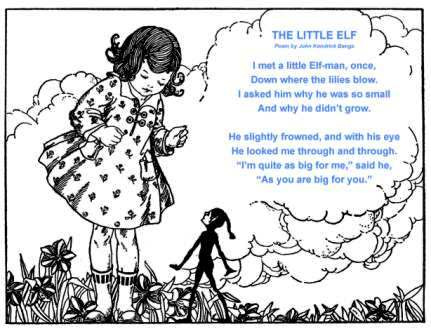We might lay out the scope of the known/described actions of remedies on a continuum; on one end our polychrests, “remedies of many uses,” well-known remedies typified by Sulphur, Calcarea ostrearum (carbonica), Lycopodium, Phosphorus, Sepia, Silica, et. al., Sulphur represented in over 12,000 rubrics in the Synthesis repertory; and on the other “small” remedies, known only in limited pathological expressions, and poorly represented in our Materias Medica & repertories.
There may be two reasons that “small” remedies are “small;”
Some substances may have a limited scope of action on the living organism, perhaps even expressing symptoms limited to particular tissues.
Many “small” remedies may have potential impact well beyond their existing descriptions, but are just poorly known or described, perhaps only in one-sided (“defective”) fashion with respect to particular “local” pathologies or “seats” of expression; I refer to these as “Rodney Dangerfield” remedies; they just don’t get no respect. A great many “small” remedies are known only from clinical descriptions from traditional use, and could benefit from Prüfungen (“provings”), or have had only fragmentary “provings.” Many of our “small” remedies are only mentioned in William Boericke’s or J.H. Clarke’s Materias Medica, in Edwin Moses Hale’s New Remedies, or in scattered journal articles perhaps collected in Anschutz’s New, Old, & Forgotten Remedies, largely based on use by Eclectics & Thompsonians or practitioners of other systems of traditional (non-homeopathic) use, & represented in one-sided (defective) fashion based on use in particular pathologies. We’ve adopted these with the conviction voiced by Hale that all true cures can be attributed to the principle of similars, often without Prüfungen which might evidence broader potential.

“Small” remedies have grasped the imagination of many homeopaths as a proposed explanation for why their apparently well-selected better-known remedies have failed to act well. The explanation most often lies elsewhere, but these remedies, more difficult to identify due to the paucity of information we have of them, are often eclipsed in the analysis of a case by better-known remedies.



